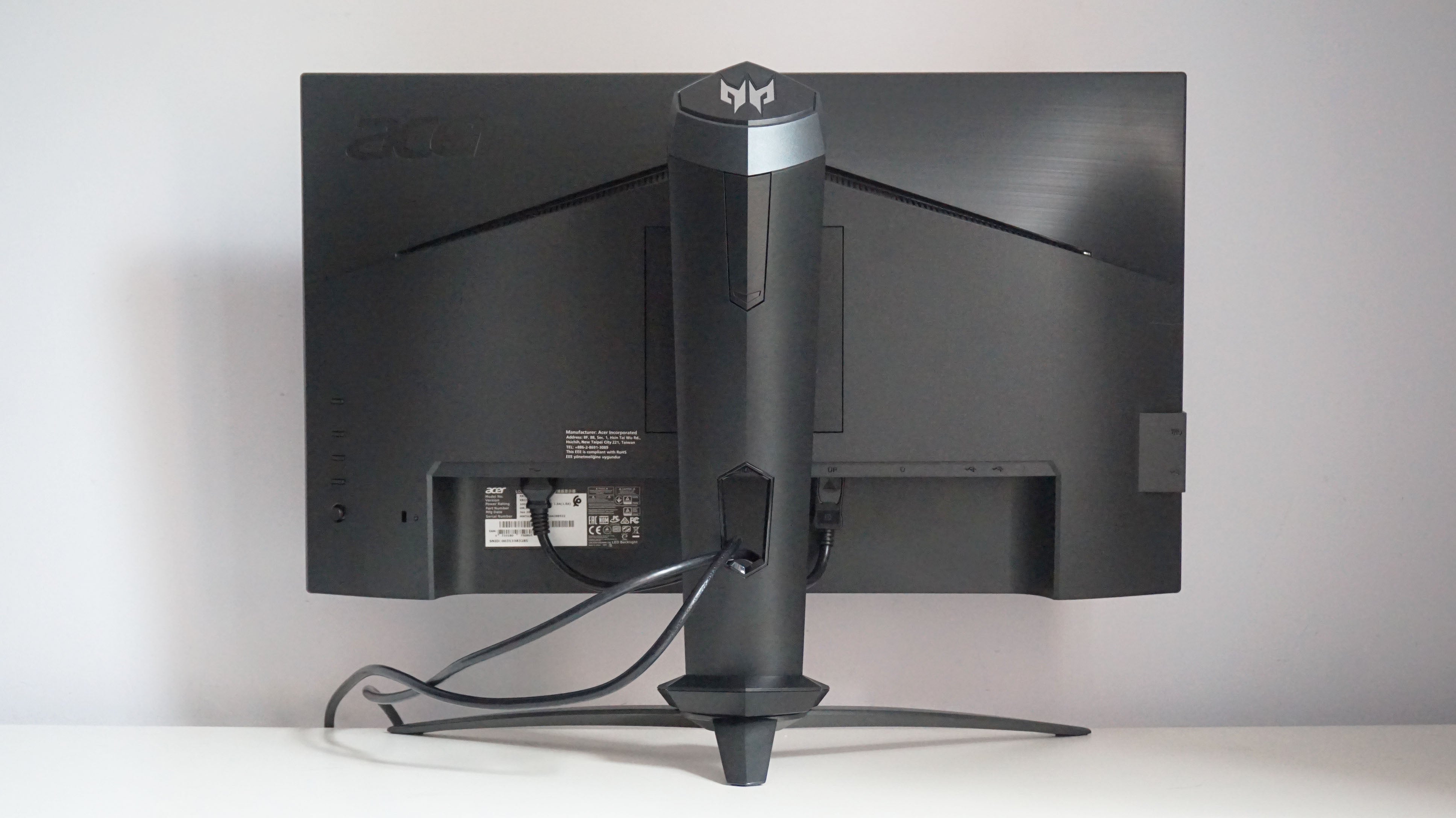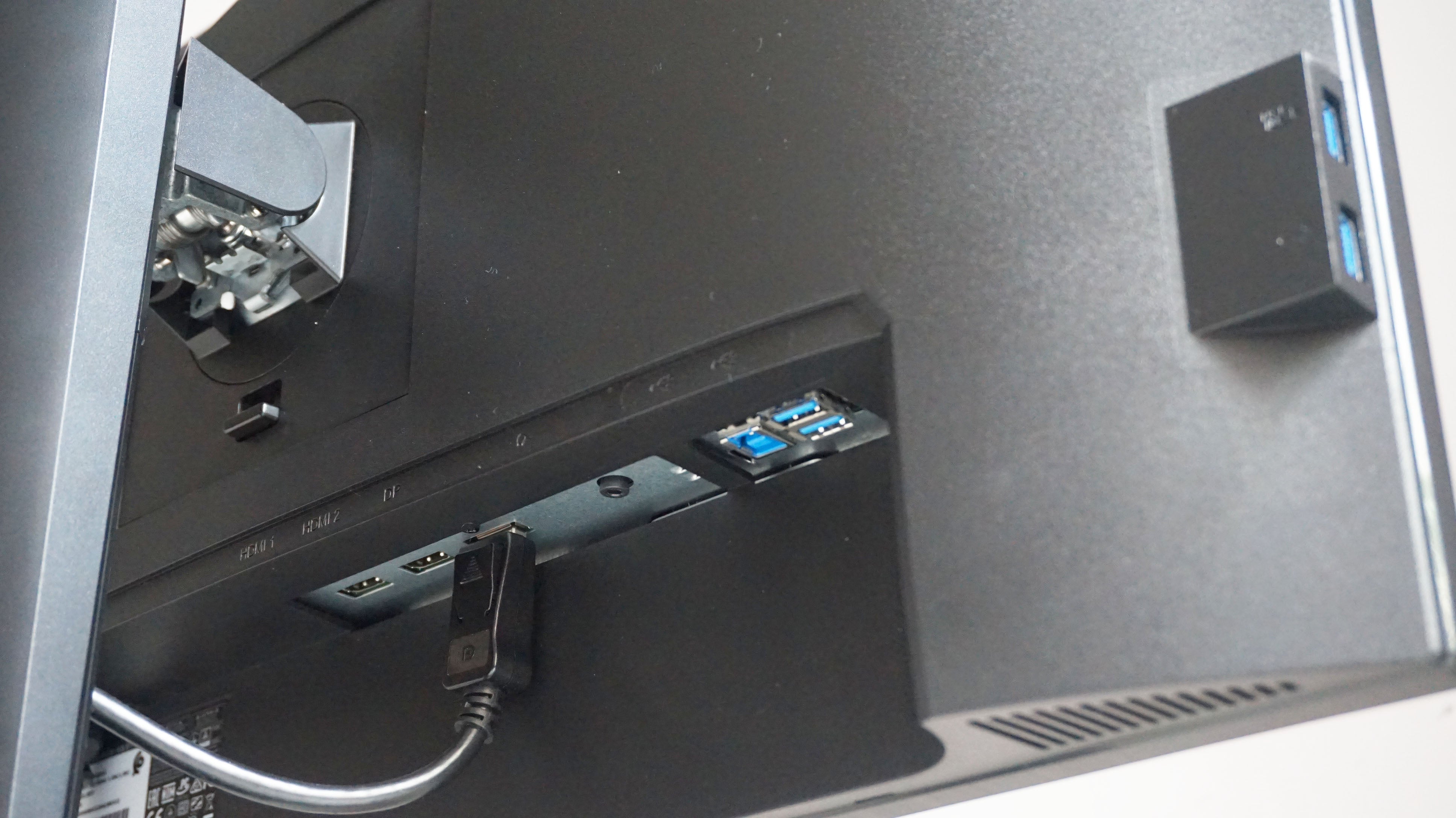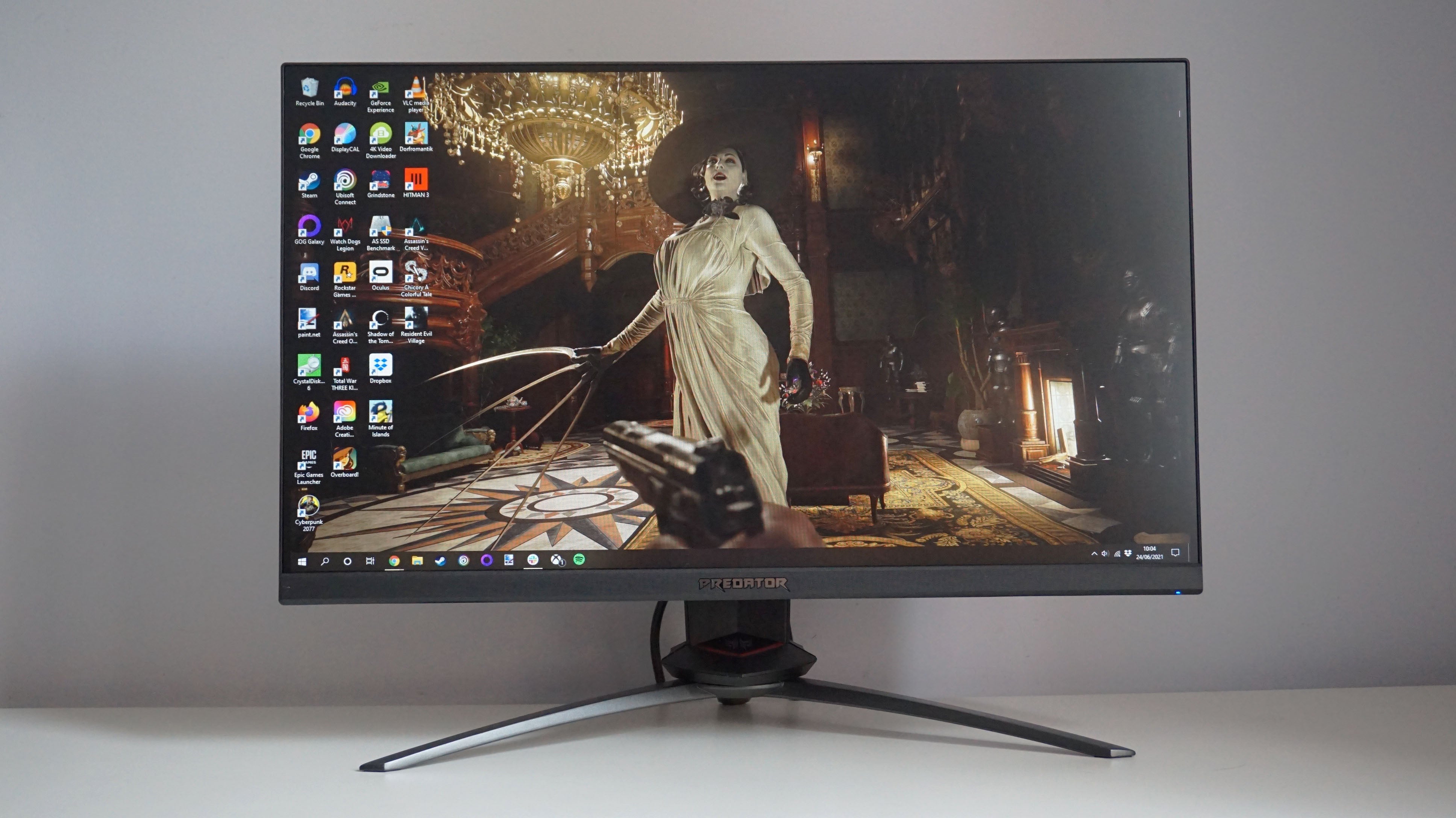The 240Hz model costs a fair amount more than the AOC C27G2ZU - its current asking price is £350 in the UK and $348 in the US - but if you do get a bit more for your money, including entry-level HDR support by way of its VESA DisplayHDR 400 certificate. While its IPS panel isn’t bright enough to deliver a proper TV-grade HDR experience, it’s more than up to the task of delivering the bright, vibrant colour part of your typical HDR display, and it’s a nice extra to have regardless. It’s also flat as opposed to curved, and its smaller 25in screen size means its 1920x1080 resolution looks sharper and more defined than its 27in AOC rival. The XB253Q has a much more appealing set of specs in my view, especially if you want a monitor that won’t make you second guess your eyesight every time you read a web page or use it to do a bit of work. Rather unhelpfully, Acer also have an XB253Q monitor with a lower 144Hz refresh rate, too, so make sure you read the specs sheet carefully before you pop it into your shopping basket. The 144Hz model is naturally a bit cheaper than the 240Hz version, although its current £300 price in the UK is probably high enough to warrant spending the extra on the 240Hz version to get those extra Hz. In the US, however, the 144Hz model is a much more appealing $250, making it a decent budget alternative if you’re less fussed about the refresh rate. In any case, the XB253Q’s IPS panel impressed from the off. On its default picture mode and warm colour temperature setting, my X-Rite i1 DisplayPro showed it was already displaying a near perfect 97.9% of the sRGB colour gamut out of the box, leaving little need to do any further settings tweaking to get a better picture. It also had an excellent contrast ratio of 1244:1, ensuring there was lots of shadow detail to be seen, and its peak brightness of 420cd/m2 offered plenty of leeway for playing games in bright, sunny rooms. Its black level of 0.33cd/m2 was pretty good, too. Not the lowest I’ve seen in recent months (the closer to 0.00cd/m2, the better), but still perfectly acceptable. Crucially, it’s a lot better than many other 240Hz monitors that have crossed my desk recently, including the BenQ Zowie XL2546K and Alienware AW2521HFL. The AOC still has them all beat with its stunning 99.9% sRGB coverage, 3147:1 contrast ratio and 0.08cd/m2 black level, admittedly, but the XB253Q is a very close second. In everyday use, though, it’s the XB253Q that comes out on top for me. Its higher pixel density certainly plays a big role here in this regard, but it also has a much more intuitive onboard menu system should you need to fiddle with any of the settings. Its rear buttons and four-way analogue stick are very easy to use when flicking between the different menu tabs, and it doesn’t bombard you with loads of incomprehensible options, either. Instead, everything’s nice and simple. I’m a big fan of the XB253Q’s plain and understated design, too. While it doesn’t have the lovely red highlights of the AOC, the XB253Q’s slim bezels look stylish and modern, and its small, pronged feet are nice and compact. It’s not a monitor you’d be embarrassed to have on your desk, and its height-adjustable stand and generous tilt and swivel make it super easy to get a good viewing angle, too. In short, the Acer Predator XB253Q is a great gaming monitor, and a more than worthy alternative to the AOC C27G2ZU. It’s certainly the best 25in 240Hz gaming monitor I’ve tested in recent months, and its official G-Sync Compatible rating only adds to its overall appeal, making it a great pick for Nvidia and AMD graphics card owners alike. The AOC is still my number one choice for those on a strict budget, but if you want a more versatile monitor that’s suitable for both work and play - and one that’s simple and easy to use - the Predator XB253Q should be at the top of your list. It’s a great buy.


